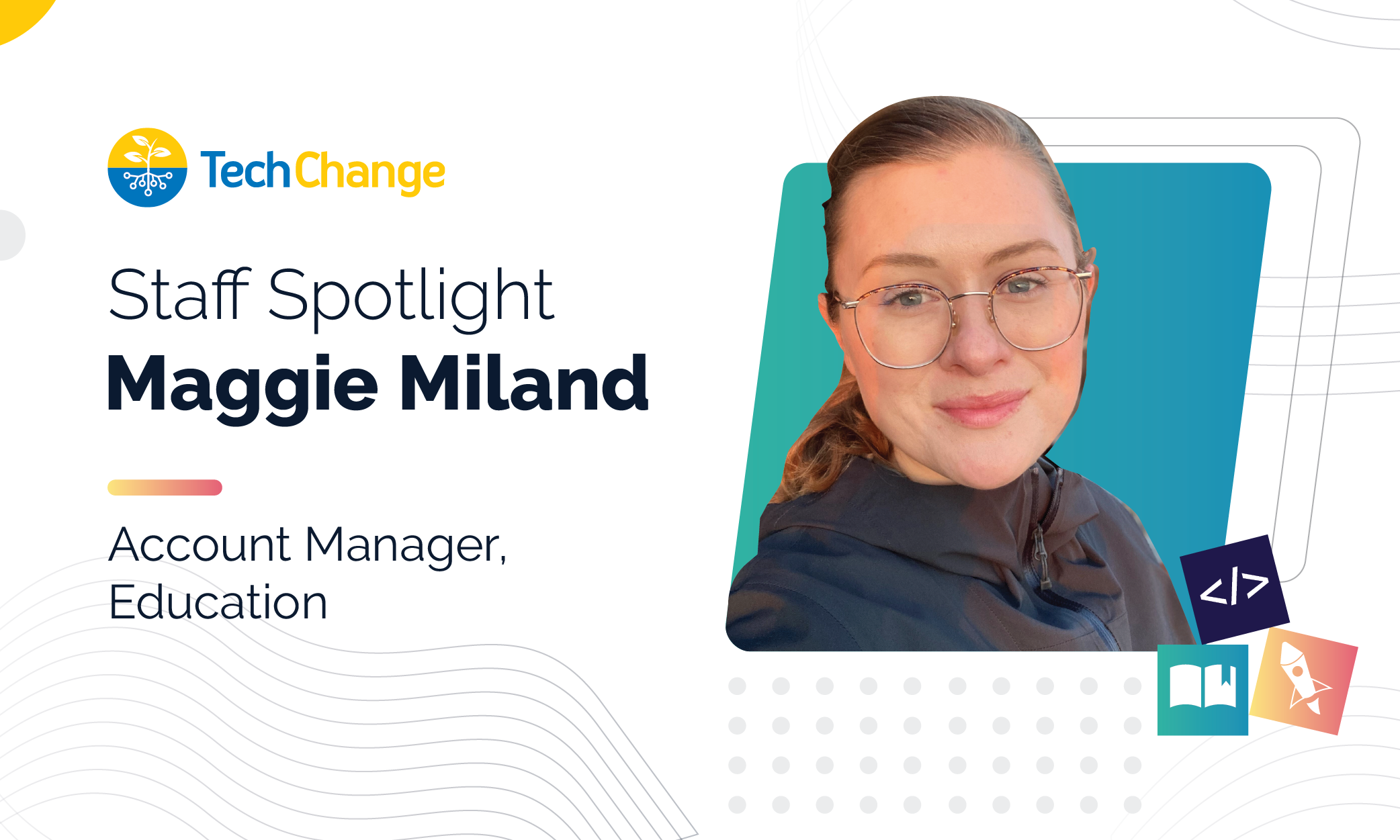Despite dramatic increases in global internet penetration, many people still depend on radio as their primary connection to the outside world. However, as inexpensive mobile phones are becoming widely available, a number of organizations are seeking to combine the popularity of radio programming with the interactivity of mobile phones to engage listeners, provide personalized content, and create a more active dialogue between civil society and decision makers.
 Freedom Fone, a Zimbabwean program, allows for content to be sent and received via IVR (Interactive Voice Response). This is the same technology used by utility companies and others to route customers’ calls through various voice menus to the (hopefully) appropriate representative. While IVR is considered annoying by many in the developed world, Freedom Fone’s use of this tool by has opened up a variety of interesting possibilities in the developing world, especially in conjunction with mobile phones. As part of the African Farm Radio Research Initiative (a large-scale program designed to support African farmers with informational radio broadcasts), stations used Freedom Fone to provide personalized content and allow listeners to voice their opinion.
Freedom Fone, a Zimbabwean program, allows for content to be sent and received via IVR (Interactive Voice Response). This is the same technology used by utility companies and others to route customers’ calls through various voice menus to the (hopefully) appropriate representative. While IVR is considered annoying by many in the developed world, Freedom Fone’s use of this tool by has opened up a variety of interesting possibilities in the developing world, especially in conjunction with mobile phones. As part of the African Farm Radio Research Initiative (a large-scale program designed to support African farmers with informational radio broadcasts), stations used Freedom Fone to provide personalized content and allow listeners to voice their opinion.
In Ghana, listeners were able to call a phone number broadcast over the radio and, through the use of IVR menus, were able to receive specific information about various aspects of poultry farming. By designing appropriate menus, this service even allowed for speakers of different languages to receive information in their native tongue. At Radio Maria in Tanzania, callers were invited to call in and record their comments about the show and its content. The station received 2,499 calls and broadcast many of these over the air. While described as a “glorified voicemail service”, this application of Freedom Fone facilitated active participation in the program and proved quite popular.
In Guatemala, which has experienced a 65 percent annual growth in mobile phones, radio interactivity is being achieved through the use of SMS messages. Listeners are invited to register their mobile phone number with the station and are then notified of breaking news via SMS message. In addition to receiving news, listeners are also encouraged to provide updated news and opinions with an SMS back to the station. This has proved useful for situations ranging from traffic reports to utility outages.
In Nepal, popular youth radio program Saathi Sanga Man Ka Kura (Chatting with my Best Friend) has teamed up with UNICEF to incorporate an SMS message campaign. The goal is to provide adolescents with a platform to express their opinions about regularly aired radio debates, and the response has been dramatic. Over 4,000 SMS messages were sent to the station on the program’s first day. This eagerness on the part of young Nepalis to voice their opinion and use new tools is especially exciting in a mountainous country where communication with remote areas was previously difficult.
Photo credit:
http://www.unicef.org/infobycountry/images/ibc_3_SAG_2188-1.jpg



